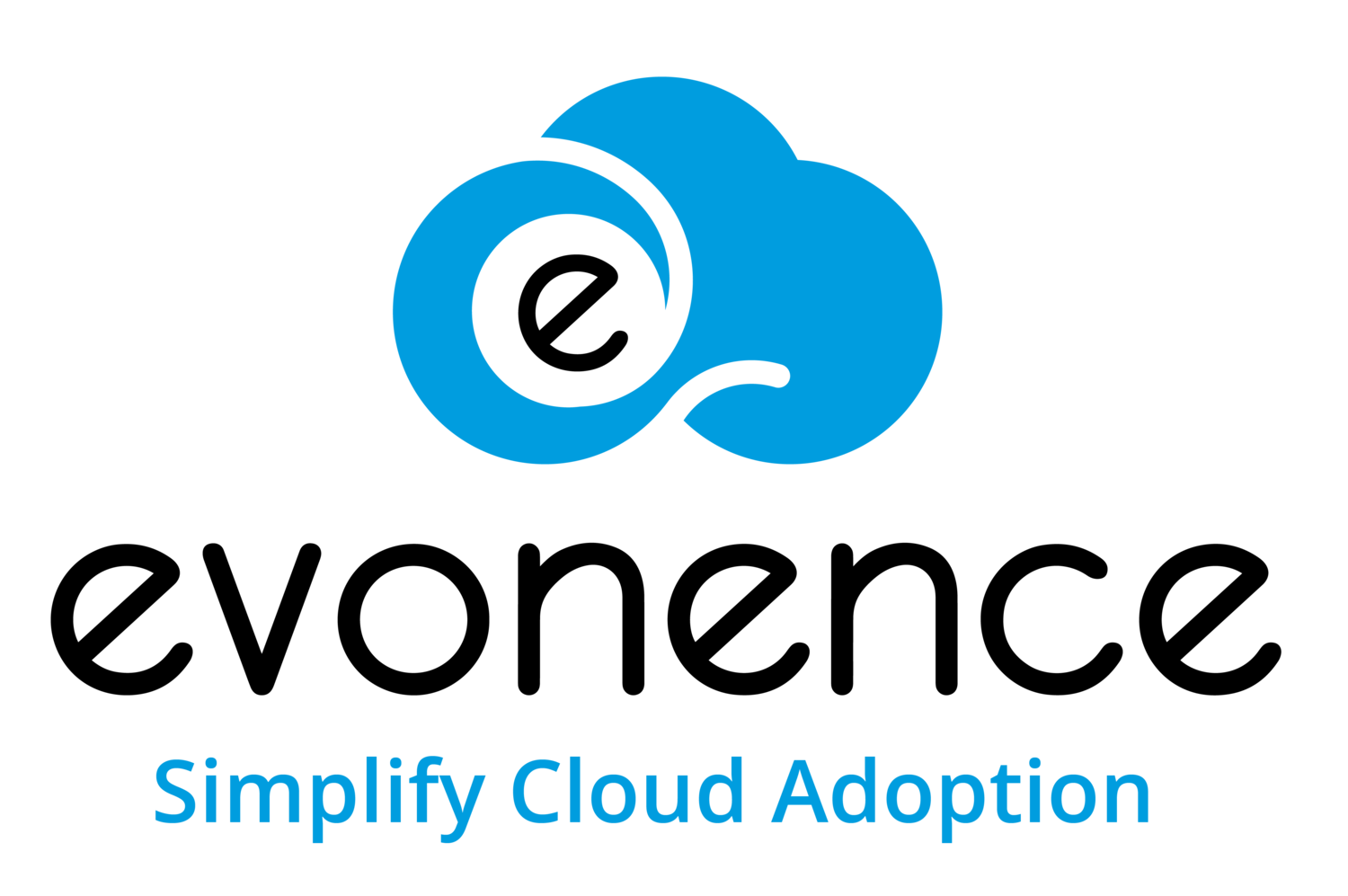G Suite Privacy and Security
Google Apps Privacy and Security..!!
posted Aug 27, 2016, 2:12 PM by Unknown user [ updated Aug 27, 2016, 2:17 PM ]
Google Apps for work is incredibly useful for small businesses, enterprises, and everyone in between. It combines email, word processing, spreadsheets, presentation software, cloud storage, and other vital services into one intuitive package. Its security policies look good, Google guarantees your data will only be stored for as long as you want it to.
Your email and data security are only as good as the safeguards you put in place — even if that data is secured in the cloud. If you want to keep your data secure, make sure you keep these best security practices in mind:
Possible Risks:
Google Apps security is awesome, however it’s important to understand outside risks that could threaten your security and privacy. Some examples of external threats include hackers guessing or stealing passwords, or Phishers attempting to trick employees into giving away passwords or other valuable information by posing as clients, business partners, government institutions, or even coworkers. Undetected malware could spy on your employees, copying confidential information from an employee’s computer.
Google Apps security also can’t protect you from human error. It can’t stop an employee from accidentally sending confidential information, typing in the wrong email address, or hitting “Reply to all” instead of “Reply,” for example, or from breaking Compliance. It’s important for everyone in your organization to not only know these external threats are out there, but to learn security and privacy best practices and the excellent features Google Apps make available to guard against them.
Use 2 step Authentication:
2-Step verification of a user’s Google account provides one of the most secure, user-friendly ways of accessing Google Apps account.
When signing-in to any Google Apps service, a user can optionally be required to enter 2 passwords:
The user’s traditional Google Apps password
A randomly-generated password
The second of these passwords is given to the user either through a text message sent by Google, or by using the Google Authenticator Android application. Both methods provide a safe and secure one-use method of signing on to Google Apps.
Spoofing Prevention:
Spammers, phishers, or even malicious competitors could spoof your email address, making a message appear to come from your organization. Google Apps security provides several tools to help prevent this. Using DKIM (DomainKeys Identified Mail Standards) lets you create a signed 1024-bit domain key, which allows recipients to verify that a message is from your domain.
Configuring SPF Records will also help prevent spoofing.And also you’ll be able to use one of the most powerful anti-spoofing tools: DMARC. This tool allows you to choose what other participating email servers do with emails spoofing your domain. You’ll be able to have them delete, quarantine, or pass the emails through.
Manage Google Apps Security Settings:
If your employees work remotely, requiring users to use SSL is a must. When your employees sign in to unsecured WiFi, such as at a coffee shop, others can spy on information they send over the Internet. Secure Socket Layers (or SSL) can help protect that data from prying eyes by encrypting it.
You should also monitor the strength of user passwords. From admin console, you can set password strength requirement for user. Manage users' security settings to enforce 2-step verification and password strength, and to revoke any application-specific passwords that have been granted access to the user's account.
Monitor security reports:
Google Apps security reports allow you to see if your users are disregarding security procedures in ways that can compromise data security. When you click Reports > Security, you’ll see data for the domain, a table that displays data for each individual users, and a filters section, which lets you see which users are being displayed. You’ll be able to see a wide range of info, including which users share files and install external apps, and whether particular users are skipping 2-Step Verification.
It’s a good idea to check security reports regularly, but you should also subscribe to alerts to catch urgent security issues as they happen. Sign up for the suspicious login activity alert under “Reports” by clicking “Manage Alerts” and setting it to “ON.” When a login occurs from a suspicious location, you’ll receive an email alert. Contact the user, and ask if they remember making that login. If you can’t confirm that it was actually them, suspend their account and lock them out of Apps until you’re sure the account hasn’t been compromised.
Email encryption:
As mentioned before, Google uses SSL to protect your users’ communications — especially on unsecured Internet connections. Google also encrypts email while it stays within Google servers, which makes messages unreadable by third parties when you send them to other Gmail users. Unfortunately, when you send an email to a user who uses another service, such as Yahoo!, it has to go through servers that aren’t operated by Google. Depending on the way those servers are set up, the email may become unencrypted on the way over, allowing others to potentially read or record it.
Google Apps Message Encryption (GAME) is an email encryption service for Google Apps customers. Designed by ZixCorp at the request of Google, GAME provides secure email to Google Apps users communicating outside Google’s secure cloud to all other email users. This add-on service with addition cost.
Hope now you have brief idea about Google's security and privacy over stored data, In order to secure data in cloud.
